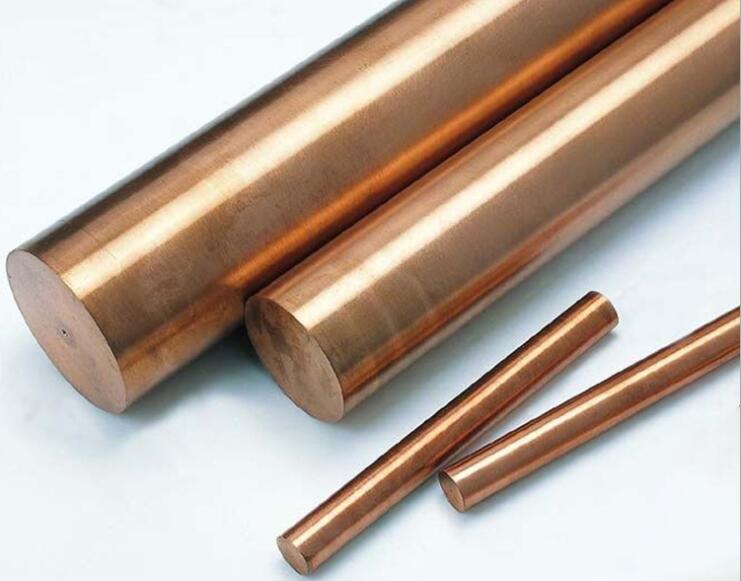

(HV & gt; 125), high strength (tensile strength & gt; 350 MPa), and corresponding data of oxygen-free copper HV40,250 MPa relative to oxygen-free copper material And has a high softening temperature
Product categories:Copper oxide
Product brand:
Characteristic:
(HV & gt; 125), high strength (tensile strength & gt; 350 MPa), and corresponding data of oxygen-free copper HV40,250 MPa relative to oxygen-free copper material. And has a high softening temperature.Product specific parameters
| grade | Melting point | softening temperature | Density g / cm 3 | Thermal expansion coefficient (10 -6 / K) | Thermal conductivity W / M.K |
| C15715 | 1083 ° C | 800 ° C | 8.84 | 365 | 17.6 |
| C1560 | 1083 ° C | 910 ℃ | 8.81 | 322 | 17.6 |
| Comparison of various types of diffused copper with oxygen-free copper composition and physical properties (at room temperature unless otherwise noted) | |||||||
| UNS alloy quantity | Alumina content | Melting point | Density g / cm 3 lb / in 3 | Conductivity | Thermal conductivity (W / M.K) | Thermal expansion coefficient (range 20-150 ° C, 68-300 ° F) | Elastic modulus |
| OFC | 0% | 1083 ° C (1981 ° F) | 8.94 (0.323) | 58 Meg S / m (101% IACS) | 391 wat / m / OK (226 BTU / ft / hr / OF) | 17.7 um / m / ° C (9.8 u-in / in / OF) | 115GPa (17 Mpsi) |
| UNS-C15715 | 0.3wt.% | 1083 ° C (1981 ° F) | 8.90 (0.321) | 54 Meg S / m (92% IACS) | 365 wat / m / OK (221 BTU / ft / hr / OF) | 16.6 um / m / ° C (9.2 u-in / in / OF) | 130GPa (19 Mpsi) |
| UNS-C15760 | 1.1wt.% | 1083 ° C (1981 ° F) | 8.81 (0.318) | 45 Meg S / m (78% IACS) | 322 wat / m / OK (186 BTU / ft / hr / OF) | 16.6 um / m / ° C (9.2 u-in / in / OF) | 130GPa (19 Mpsi) |